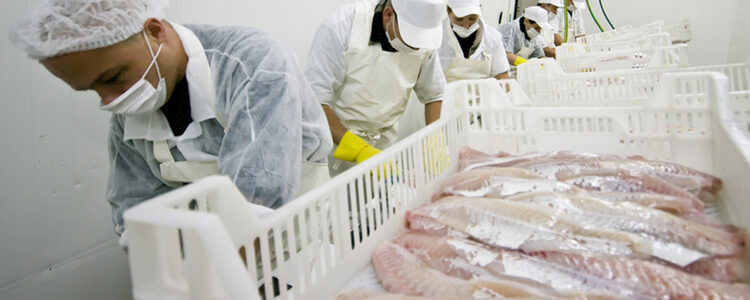Blog: Business
Food for thought - the importance of LIMS & BIMS (Part 2)
16th May 2016

In Part 1 of this blog we looked at the overall role LIMS & BIMS plays in food testing. With the Food Standards Modernization Act (FSMA) coming into force in 2016 (for larger manufacturers) the whole supply chain from farmers and growers to food processors and retailers will need to rethink how they prove the safety of their food products. In this second part we will look in more detail how the LIMS/BIMS combination provides an ideal solution for laboratory testing in the food industry.
A LIMS Provides a Defendable Process in the Lab
LIMS (Laboratory Information Management System) can maintain a clear, audit-trailed, searchable record of all samples and test results and reports issued. It can demonstrate the date/time of sampling, of results, and details regarding how/when they were reported, by whom and to whom. In the event of a possible recall, it is possible to quickly retrieve test results for every lot analyzed. This makes it possible to query/analyze historical data to drive process improvement since all results can be documented and any trends identified. This approach avoids the need to manage a patchwork of data management tools and reduces barriers to adequate QC management from corporate level.
LIMS can also ensure that approved testing protocols are followed for different products/programs. Benefits include:
- Setting policy/procedure regarding the test selection and frequency for each category (finished product, production line, processing area, etc.)
- Removing guesswork from Environmental Monitoring sampling schedules
- Requiring documentation when the default testing scheme is changed
- Setting specifications per test, per sample type, or special limits to ensure OOS (Out Of Specification) results are properly flagged and notices provided to appropriate parties
- Managing different versions of test methods and required process steps
A robust LIMS implementation will capture the necessary QA information needed to investigate deviations and OOS results. This will include the results of QC checks (blanks, controls, batch-specific information such as personnel, equipment, preparation tasks, and supplies). QA personnel can be notified of any deviant results. Query/Reporting Tools are provided to search through all records to determine causative factors and eliminate lab error.
Business Processes Provide Quality Management
BIMS (Business Information Management System) capabilities include maintenance of records of technician’s competencies for the tasks assigned such as technician certifications/training and the results of performance checks. It is therefore possible to prevent a user without current qualifications from recording results to samples as well as demonstrating to auditors that personnel performing certain tasks were qualified to perform them at the time they were performed. In addition sampling personnel can be reminded of the correct procedures.
A BIMS can provide a clear record and assignment system for Corrective and Preventive Actions •
- Any OOS result can automatically trigger a deviation item, requiring classification and resolution by the designated personnel
- Certain categories of events can suggest standard action items
- Checklists/forms for certain action items can be retrieved from the LIMS to ensure consistency in collecting required information
- Documents generated during investigation and resolution of items can be stored under audit trail and retrieved upon demand
- Electronic signatures can be captured for each stage/action of processing an event
Finally, LIMS enables management to make informed decisions regarding results of concern and to document the data behind each decision for regulators by providing a comprehensive repository of information regarding sampling, testing, results, and related records. LIMS not only provides multiple ways to report on selected records but also provides a separation of powers between different roles to ensure data integrity.
Summary
It is estimated one in six Americans (48 million people) get sick every year, with 128,000 people hospitalized and 3,000 deaths annually. Yet the common theme that emerges from food safety investigations is that many are preventable if food growers and processors take steps to control and check foodborne pathogens including salmonella, listeria and E. coli. The first step is to recognize the possible breaches in food safety that can occur in any particular food supply chain and setup quality assurance systems to test and eliminate them. With the new FSMA regulations coming into force this year food laboratories have increased responsibilities to ensure food safety. Laboratory information management systems (LIMS & BIMS) are essential to that strategy in order to prove and defend the food safety of products.
This brief discussion highlights just some of the functionality that LIMS & BIMS brings to the food testing laboratory. Find out even more about how they could help your lab by calling the experts on USA:+1 508 457 7911 / UK:+44 118 984 0610.